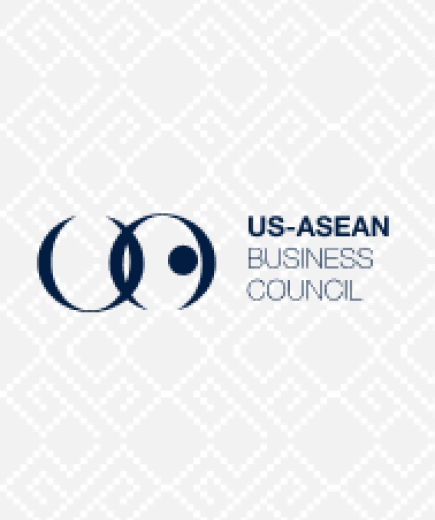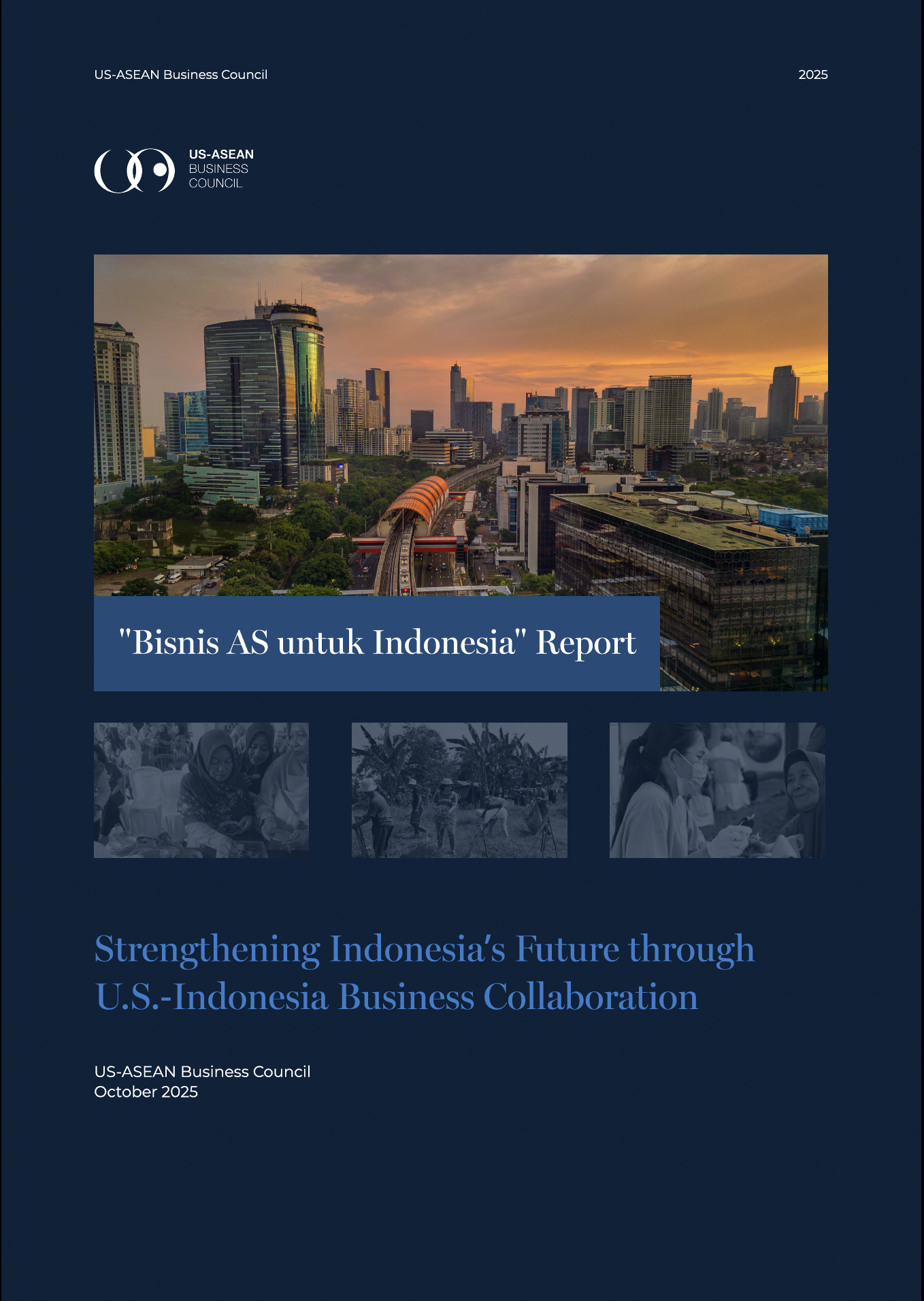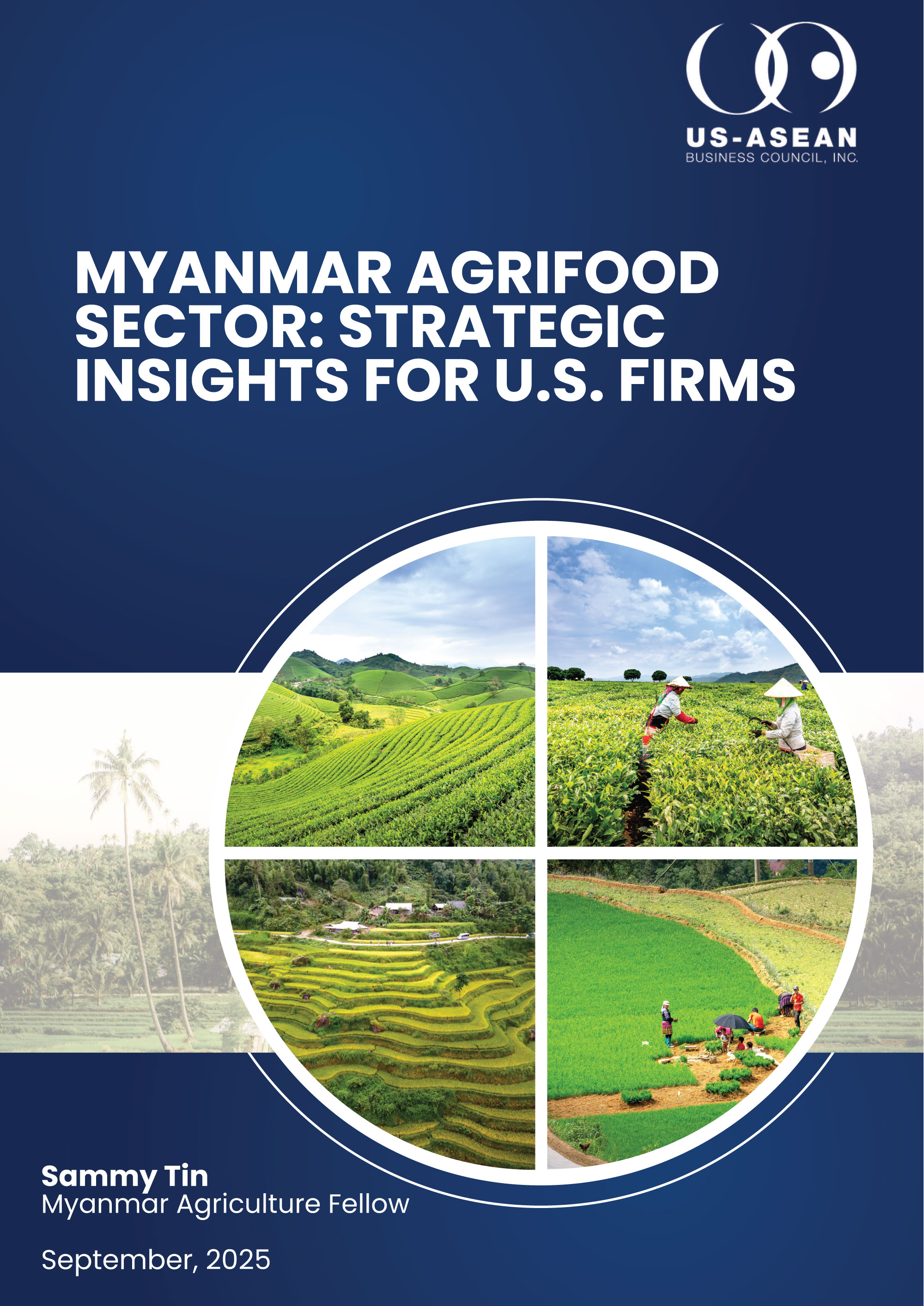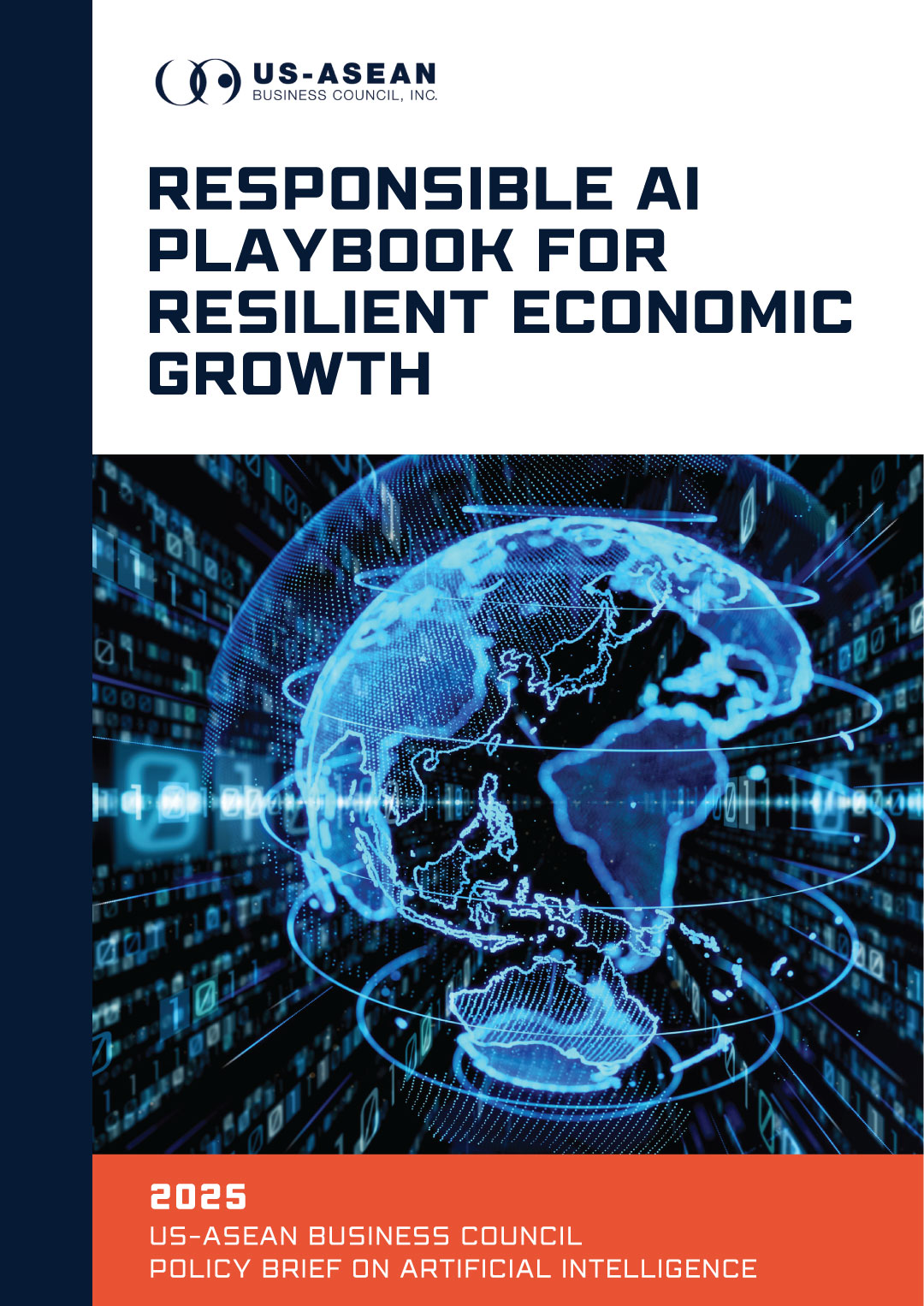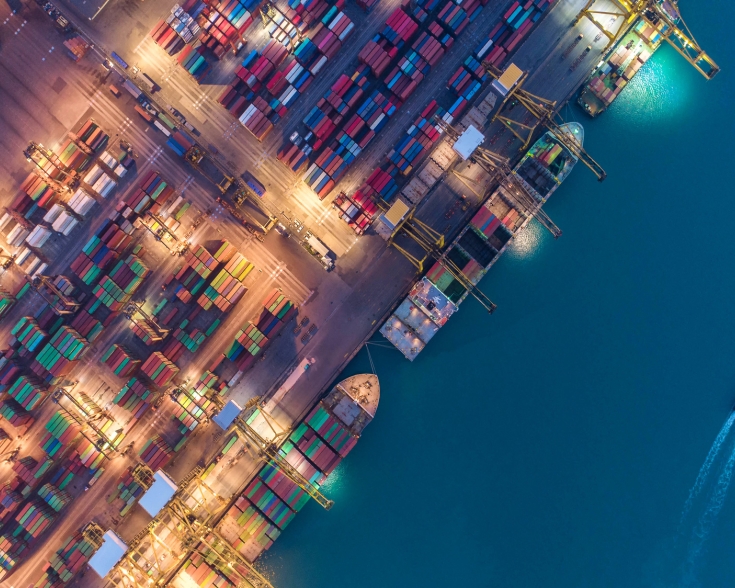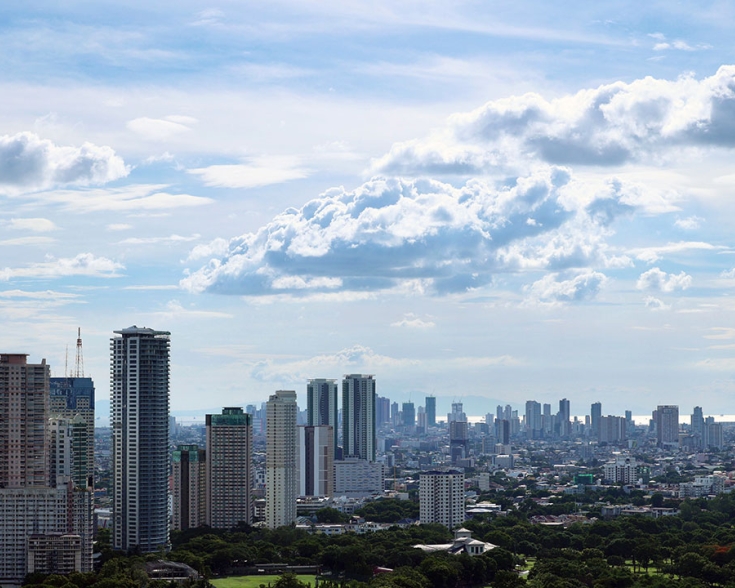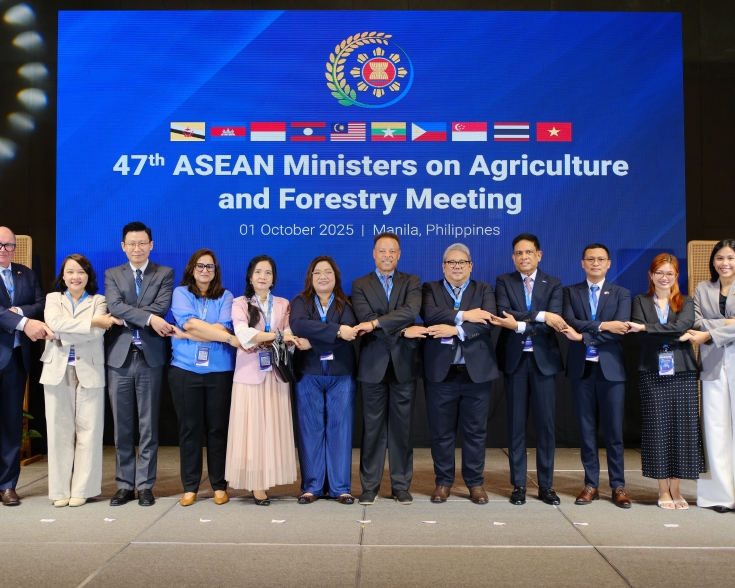June 5, 2025
World Bank Report on Myanmar Earthquake Economic Damages
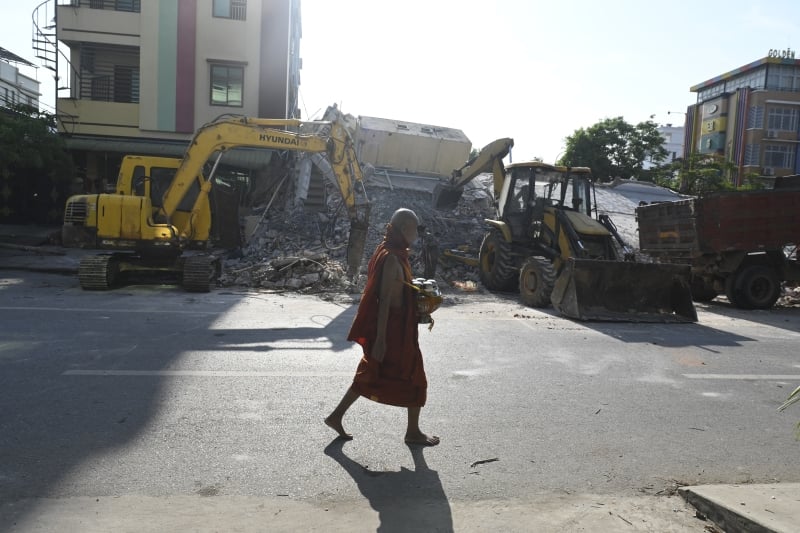
—
https://eng.mizzima.com/2025/06/01/22909#:~:text=Reported%20damage%20includes%2051%2C210%20homes,166%20ancient%20buildings%20and%20museums%2C
June 5, 2025
The World Bank recently released an April 18 report assessing the damage caused by the March 28 earthquake in Myanmar. Key findings are as follows:
- Total direct economic damage is estimated at US$10.97 billion, equivalent to approximately 14 percent of Myanmar’s GDP for the 2024/25 financial year. This is considered the best estimate; however, the report notes significant uncertainty, with damage costs potentially ranging from US$6.24 billion to US$15.82 billion.
- Residential buildings accounted for the highest share of damage, totaling US$4.97 billion (45 percent of total damage). Non-residential buildings sustained damage amounting to US$2.63 billion (24 percent), while infrastructure damage was estimated at US$3.36 billion (31percent).
- The most extensive damage occurred in the Mandalay, Sagaing, and Bago Regions, which together are home to approximately 16.8 million people (around 33 percent of the national population). Of the total damage, 50 percent was recorded in Mandalay, followed by 21 percent in Sagaing, and 12 percent in Bago (see Table 3 and Figure 5). Minimal damage was reported in Kachin, Chin, Tanintharyi, and Rakhine, the latter of which was already severely impacted by Tropical Cyclone Mocha in 2023.
- The report highlights significant infrastructure damage, which is hampering logistics and access to rural and remote areas, citing information from the Myanmar Red Cross. Notable infrastructure failures include damage to the Old Inwa Bridge (Sagaing Bridge) over the Ayeyarwaddy River, and the Dokhtawaddy Bridge on the Yangon–Mandalay Expressway near Inwa. The Sinthay River Dam was also affected, along with 198 irrigation dams, including minor damage to four of the 12 dams located in Nay Pyi Taw.
- The earthquake also caused widespread damage to water, sanitation, and hygiene (WASH) infrastructure. Many boreholes were destroyed and piped networks disrupted, leaving large populations without access to clean water. Additionally, more than 76,000 latrines collapsed, posing serious sanitation and public health risks in affected communities.
- In terms of regional impact, Mandalay, Sagaing, and Bago were the most severely affected, accounting for a combined 82 percent of total damage, estimated at US$5.27 billion, US$2.26 billion, and US$1.27 billion, respectively. Substantial damage was also reported in Nay Pyi Taw Union Territory and Magway Region.
- Myanmar’s cultural heritage also suffered heavily, with numerous historical and religious sites damaged; these losses are included within the non-residential damage estimates.
- On a microeconomic level, the report notes that households in the most affected areas may experience consumption losses of up to 25 percent. Socioeconomically vulnerable populations are expected to bear disproportionately higher impacts.
- The report warns that recovery and reconstruction costs are likely to exceed direct damage estimates. With Mandalay serving as a central economic hub, the earthquake’s disruption to economic activity could have far-reaching implications. In an interview with BBC Media, a representative from the Mandalay Region Chamber of Commerce and Industry (MRCCI) stated that around 70 percent of businesses - out of more than 12,000 in the region - remain suspended. He estimated that full resumption of operations could take between six months and one year.
On May 29, SAC leader Senior General Min Aung Hlaing, serving as the Chairman of the National Disaster Risk Reduction and Management, provided the SAC’s estimation of the initial damage at approximately 3.8 trillion kyats (approximately $1.053 billion USD using the Central Bank rate on June 5). A total number of 162,167 households have been displaced, and 506,069 people have been impacted. 3,739 people were killed, 68 remain missing, and 5,104 were injured. It is worth noting that this number differs significantly from the World Bank’s.

